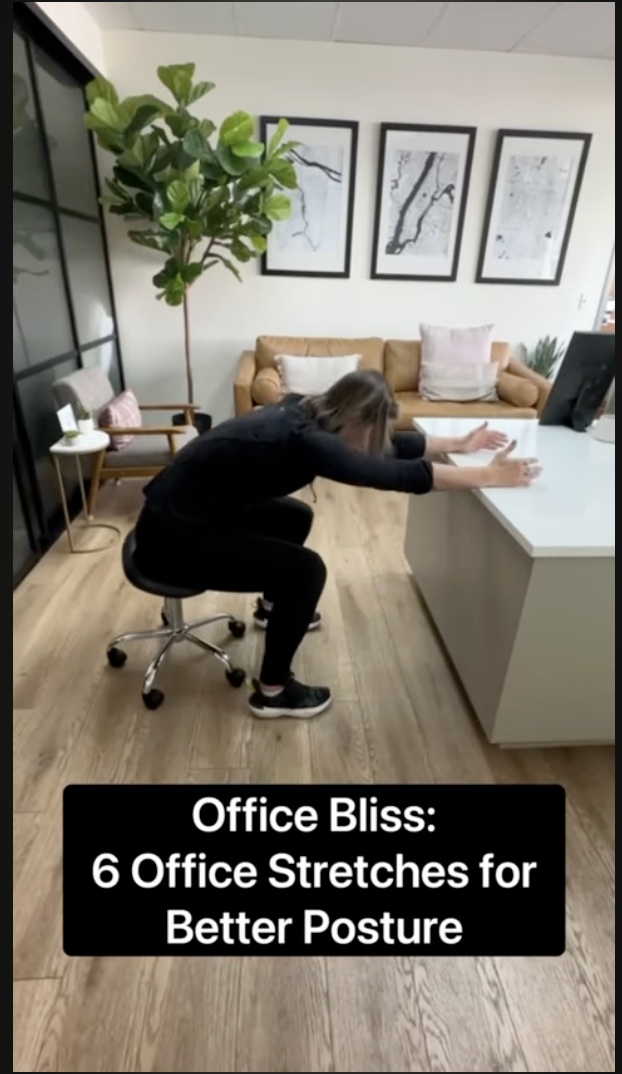What is the Selective Functional Movement Assessment and how can it benefit me?
What is SFMA?
The Selective Functional Movement Assessment (SFMA) is a set of movement patterns that can be used to diagnose musculoskeletal disorders. The main goal of SFMA is to determine whether a dysfunctional movement pattern is caused by a mobility dysfunction or a motor control dysfunction. A mobility dysfunction would indicate decreased range of motion and joint mobility, while a motor control dysfunction would indicate a lack of coordination and/or motor planning.
How can the SFMA be helpful in my treatment?
SFMA can be used on your first visit to help determine whether your musculoskeletal issues would benefit from chiropractic care, physical therapy or both. We use the clinical set of movement patterns to decide if there are physical limitations in range of motion preventing the movement, or if the issue lies in how your brain processes and coordinates the movements themselves. Determining what is causing the dysfunctional movement is key in being able to correct the issue.
SFMA is also helpful in diagnosing the source of the issue. The assessment combines spinal movement, vestibular systems, postural control, etc. in its diagnostics. It can also help pinpoint which joints are affected. For example, is your inability to reach behind you and touch your opposite shoulder blade coming from your shoulder or your thoracic spine?
What does the assessment look like?
SFMA starts out with the 10 basic movements listed below, referred to as the Top Tier Patterns. From there, depending on which movements did not match the necessary criteria there are follow-up tests. The providers will alter the movements slightly (i.e. making an active movement passive and seeing if the movement is possible) to continue to narrow down the diagnosis.
Top Tier Patterns
- Cervical Spine Flexion
- Cervical Spine Extension
- Cervical Spine Rotation
- Upper Extremity Pattern 1
- Upper Extremity Pattern 2
- Multi-Segmental Flexion
- Multi-Segmental Extension
- Multi-Segmental Rotation
- Single-leg Stance
- Arms Down Deep Squat
Interested in the benefits of SFMA?
Come visit us at the Boulder Sports Clinic and have one of our providers run you through the assessment and help determine a treatment plan to improve your motor function!
📍 Conveniently located at 3101 Iris Ave, Suite 220, Boulder, CO
📞 Call now to schedule your initial evaluation
🌐 Book online at BoulderSportsClinic.com
Related Posts

What is Cupping Therapy and How Does it Work?

Improve Your Posture with Chiropractic, Massage Therapy, and Physical Therapy

Physical Therapy for Desk Workers: Fix Shoulder Pain, Neck Tension, and Posture Problems
Experience the difference at Boulder Sports Clinic.
Contact us today to schedule an appointment and start your journey towards optimal health and peak performance. Still have questions? Call us now at (303) 444-5105

